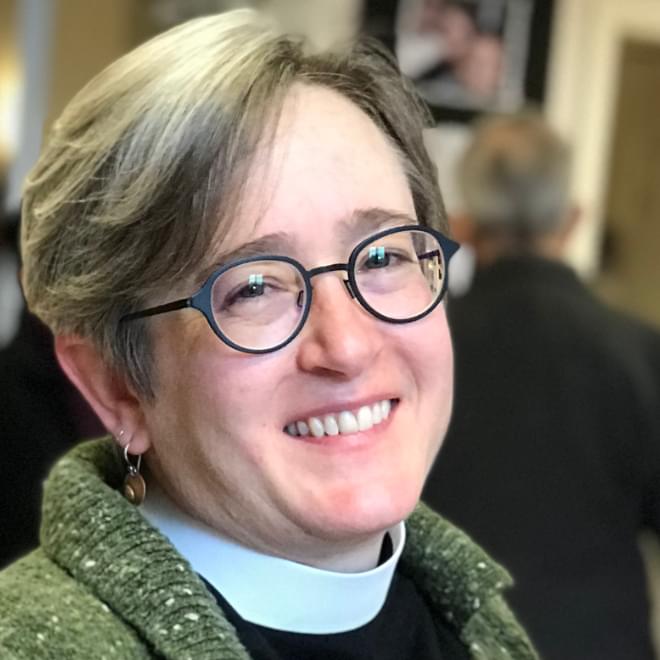Abstract
Late-ancient theologies of the priesthood frame its tasks, virtues and metaphorical relationships around its chief task: encouraging a common life of theosis as embodied virtue. Metaphorical relationships are used to evoke the manner in which, and the virtue with which, priestly tasks are to be practiced. In the priest, we hope to see an icon of the deified humanity to which all are called. This theological structuring allows the participation of women in the sacramental priesthood. Modern Orthodox arguments, in their efforts to defend an exclusively male priesthood, subvert this structure. The language of relationship and virtue is used to define the priesthood according to specifically gendered tasks. This theology results in, and derives from, a reduced view of the full personhood of women and the breadth of the priestly task, undermining the priest’s role of embodying and encouraging all the virtues of the deified life.
![Book Cover]()
